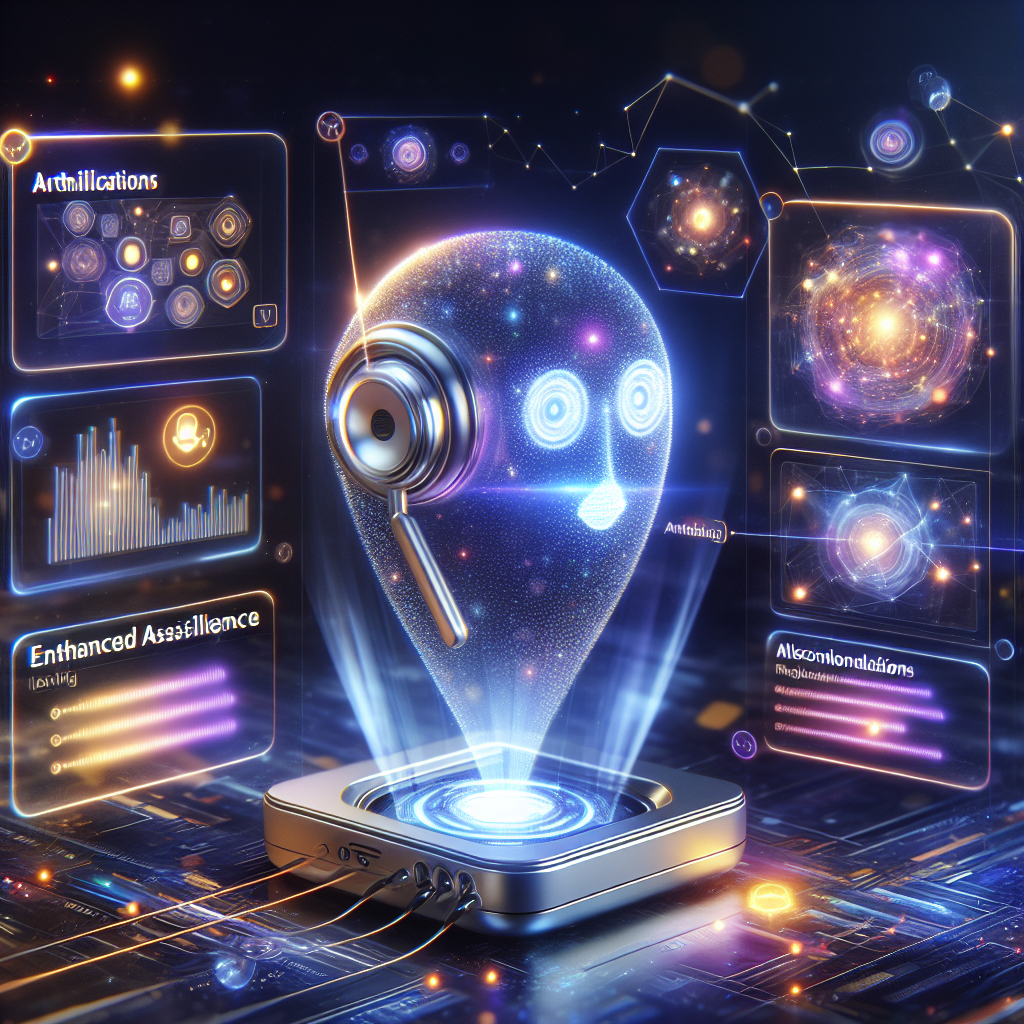In recent years, virtual assistants have become a popular tool for helping individuals with a wide range of tasks, from setting reminders to answering questions. These AI-powered tools have the ability to understand natural language and provide personalized recommendations based on user preferences and behavior. By integrating AI tools into virtual assistance platforms, developers can enhance the user experience and provide more relevant and useful recommendations.
One of the key benefits of using AI tools in virtual assistance is the ability to analyze large amounts of data to generate personalized recommendations. For example, a virtual assistant can analyze a user’s browsing history, purchase behavior, and social media activity to recommend products or services that are tailored to their interests and preferences. This level of personalization can help users discover new products and services that they may not have otherwise considered, leading to increased engagement and satisfaction.
AI tools can also improve the accuracy of recommendations by learning from user feedback and adjusting their algorithms accordingly. For example, if a user consistently ignores recommendations for a particular type of product, the AI tool can learn to prioritize other types of recommendations that are more relevant to that user. This iterative process of learning and adjustment can lead to more accurate and valuable recommendations over time.
In addition to enhancing the user experience, AI tools can also help virtual assistants become more efficient and effective at completing tasks. For example, AI-powered chatbots can handle customer inquiries and provide support around the clock, freeing up human agents to focus on more complex or high-priority tasks. By automating routine tasks and processes, virtual assistants can help businesses save time and resources while providing a seamless and responsive customer experience.
Furthermore, AI tools can help virtual assistants adapt to changing user needs and preferences in real-time. For example, if a user’s behavior or preferences change suddenly, AI algorithms can quickly adjust recommendations to reflect these changes. This level of agility can help virtual assistants stay relevant and useful to users, even as their preferences evolve over time.
Overall, integrating AI tools into virtual assistance platforms can help developers provide more personalized and relevant recommendations, improve the efficiency and effectiveness of virtual assistants, and adapt to changing user needs and preferences in real-time. By harnessing the power of AI, virtual assistants can become even more valuable tools for helping individuals navigate their daily lives and make informed decisions.
FAQs:
Q: How do AI tools enhance virtual assistance for personalized recommendations?
A: AI tools can analyze large amounts of data to generate personalized recommendations based on user preferences and behavior. By learning from user feedback and adjusting their algorithms accordingly, AI tools can provide more accurate and valuable recommendations over time.
Q: How can AI-powered chatbots help businesses improve customer support?
A: AI-powered chatbots can handle customer inquiries and provide support around the clock, freeing up human agents to focus on more complex or high-priority tasks. By automating routine tasks and processes, chatbots can help businesses save time and resources while providing a seamless and responsive customer experience.
Q: How do AI tools help virtual assistants adapt to changing user needs and preferences?
A: AI algorithms can quickly adjust recommendations to reflect changes in user behavior or preferences. This level of agility can help virtual assistants stay relevant and useful to users, even as their preferences evolve over time.

